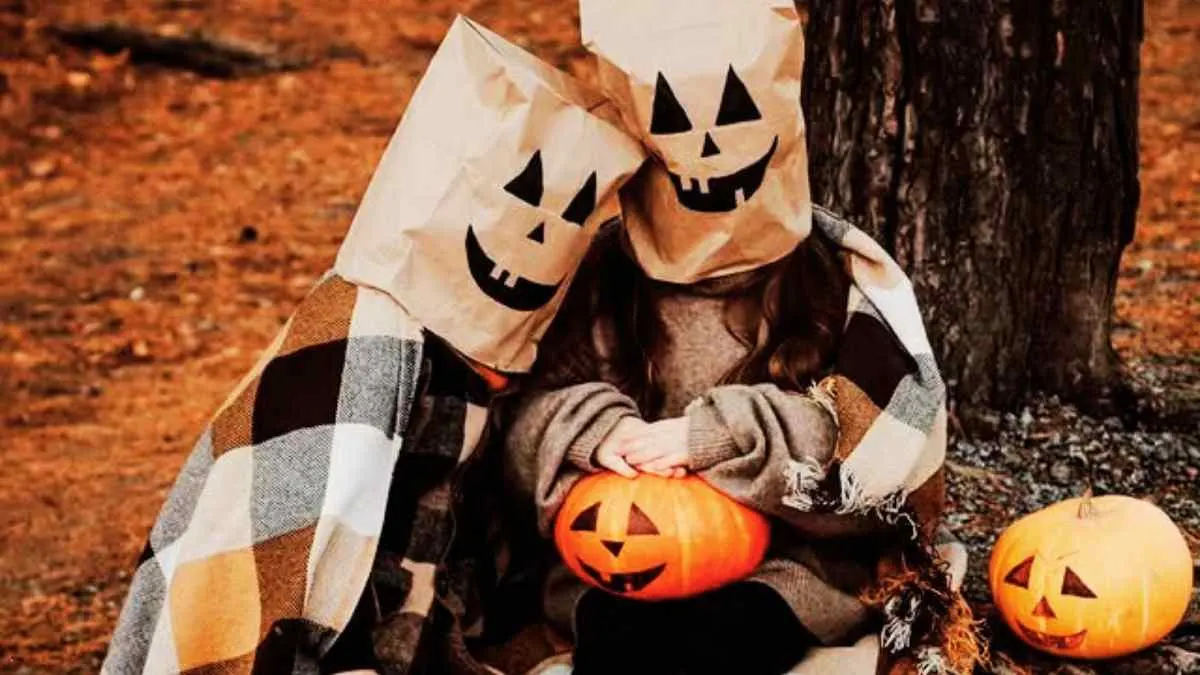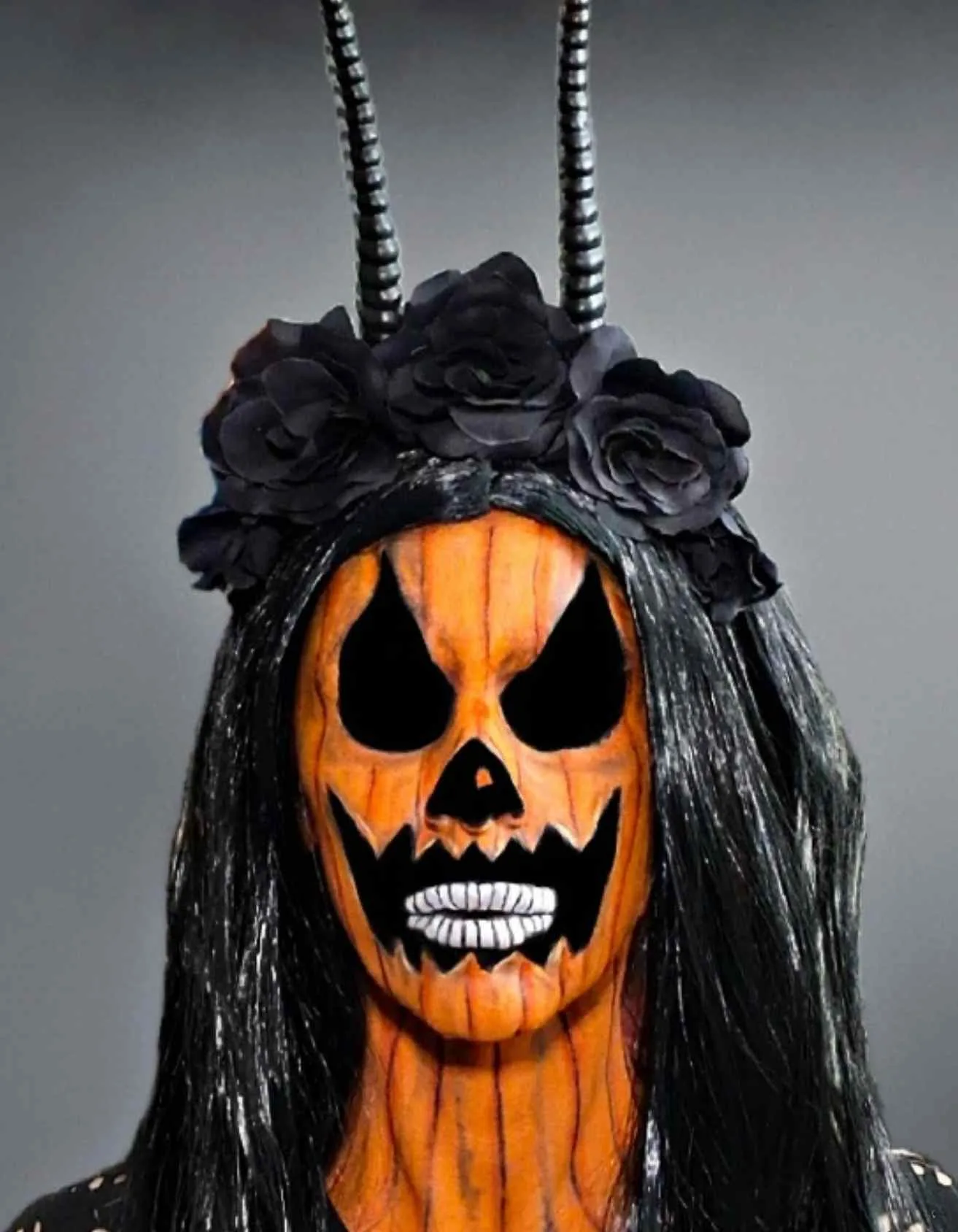Halloween is one of the most anticipated and beloved holidays in the world. It’s a time for trick-or-treating, spooky decorations, costume parties, haunted houses, and indulging in all things eerie.
If you’re a fan of the holiday’s fun and frights or simply enjoy the candy, Halloween brings people together every year. But the question remains: When is Halloween, and why is it celebrated on that specific date?
In this article, we’ll explore the history of Halloween, its origins, how it’s celebrated, and everything you need to know about the spooky season.
When is Halloween?
Halloween is celebrated every year on October 31st. The date is fixed and remains the same annually, falling on different days of the week. In 2025, Halloween will fall on a Friday, and in 2026, it will fall on a Saturday. Regardless of the day, the spooky spirit of Halloween takes over for the entire month of October, with many people preparing for the festivities well in advance.
Why is Halloween on October 31st?
The exact reason for Halloween’s association with October 31st is rooted in both historical and cultural traditions. Halloween has deep roots in the ancient Celtic festival of Samhain, which marked the end of the harvest season and the beginning of winter. This festival was celebrated on the evening of October 31st, as the Celts believed that on this night, the boundary between the living and the dead was blurred. The spirits of the dead were thought to return to Earth, leading to the creation of rituals to ward off these ghosts and spirits.
When the Christian church later adopted this tradition, it merged with the feast of All Hallows’ Eve, which is the night before All Saints’ Day (November 1st). Over time, this combination of traditions evolved into what we now know as Halloween.
The Origins of Halloween:
To understand why Halloween occurs on October 31st, let’s dive deeper into the origins of the holiday:
1. Samhain: The Ancient Celtic Festival
Samhain was a festival celebrated by the ancient Celts, primarily in the areas that are now Ireland, Scotland, and northern France. Samhain marked the end of the harvest and the onset of winter, and it was believed that on the night of October 31st, the boundary between the physical world and the spiritual realm was at its thinnest. This allowed the souls of the deceased to return and visit the living.
During Samhain, the Celts would light bonfires, offer sacrifices to the gods, and wear costumes to ward off evil spirits. The festival was also a time for fortune-telling, and many of the traditions we associate with Halloween today can be traced back to Samhain, including costumes, bonfires, and the belief in spirits.
2. All Hallows’ Eve and Christian Influence
As Christianity spread through Europe, the church sought to replace pagan festivals like Samhain with Christian holidays. In the 8th century, Pope Gregory III designated November 1st as All Saints’ Day to honor Christian saints and martyrs. The night before this feast became known as All Hallows’ Eve, which eventually morphed into Halloween.
The word “hallow” means “holy,” and over time, All Hallows’ Eve became synonymous with the celebration of Halloween. Much like Samhain, it became a time for people to honor the dead, with customs and traditions evolving in different cultures over the centuries.
How Halloween is Celebrated Around the World:
Halloween has become a global celebration, although the customs and practices vary from country to country. Let’s take a look at how different cultures observe the spooky season.
1. United States
In the United States, Halloween is a huge commercial event. The tradition of trick-or-treating is the most popular activity, where children dress up in costumes and go door-to-door asking for candy. Halloween parties, haunted houses, pumpkin carving, and scary movie marathons are common ways to celebrate.
-
Costumes: People often dress up as anything from witches and zombies to superheroes and pop culture icons. The bigger the costume, the better.
-
Pumpkin Carving: One of the most iconic traditions is carving pumpkins into jack-o’-lanterns. The pumpkins are often placed outside homes, lit with candles, and displayed as part of the Halloween decorations.
-
Haunted Houses: Many places offer haunted house experiences where visitors walk through spooky, darkened spaces filled with actors dressed as ghosts, monsters, and other creepy creatures.
2. Mexico
In Mexico, Halloween is closely tied to Día de los Muertos (Day of the Dead), which is celebrated on November 1st and November 2nd. While Halloween has become more popular in recent years, Día de los Muertos is a more significant cultural celebration in Mexico, where families gather to honor deceased loved ones.
-
Altars (Ofrendas): Families create altars filled with photos, candles, marigold flowers, and offerings of food and drink to welcome the spirits of the departed.
-
Sugar Skulls: Decorated sugar skulls, or calaveras, are an important symbol of the holiday and are often used to decorate altars.
3. Ireland and Scotland
As the birthplace of Samhain, Ireland and Scotland have long had Halloween traditions. While trick-or-treating is popular, the Irish also celebrate with barmbrack (a fruitcake containing small trinkets, each with a different meaning), and fire festivals similar to the ancient bonfires of Samhain.
In Scotland, guising (a form of trick-or-treating) is common, where children dress in costumes and perform small tricks or songs to earn candy.
You`ll love: 16 Texas Bucket List
4. Japan
In Japan, Halloween has gained popularity in recent years, but it is celebrated more like a costume party than a traditional holiday. The Shibuya district in Tokyo is especially known for its massive Halloween street parties, where thousands of people gather to showcase their creative costumes.
5. The United Kingdom
In the UK, Halloween has seen a rise in popularity, especially in recent years. Traditional customs include apple bobbing, where participants try to grab an apple floating in water using only their mouths, and trick-or-treating, which has become more common in England, Wales, and Northern Ireland.
Popular Halloween Traditions:
While Halloween is celebrated differently around the world, many traditions have remained constant, especially in the U.S. Here are some of the most popular Halloween customs:
1. Trick-or-Treating
This activity is the most iconic Halloween tradition. Children dress up in costumes and go from house to house, saying “trick or treat” to receive candy. The tradition originated in the U.S. and is now widely practiced in many countries.
2. Pumpkin Carving
Carving pumpkins into jack-o’-lanterns is a fun and spooky activity that has its roots in ancient Irish folklore. People carve intricate designs into pumpkins and light them with candles to ward off evil spirits.
3. Haunted Houses and Horror Films
From elaborate haunted house attractions to horror movie marathons, Halloween is the perfect time to embrace all things scary. Whether you enjoy haunted trails, creepy escape rooms, or watching classics like Hocus Pocus or The Nightmare Before Christmas, Halloween provides ample opportunities for fright-filled fun.
4. Costume Parties
Dressing up in costumes is one of the best parts of Halloween. From children dressing up as witches and pirates to adults going all out as movie characters or mythical creatures, Halloween costume parties are a fun tradition that takes over many households, clubs, and bars.
Halloween Safety Tips:
If you’re participating in Halloween activities, especially trick-or-treating, safety is key. Here are some tips:
-
Always walk with a group or adult: Children should never go trick-or-treating alone.
-
Wear reflective costumes: Ensure costumes are visible at night with reflective tape or lights.
-
Check candy: Inspect all candy before eating it to avoid unsafe treats.
-
Use safe decorations: Make sure outdoor decorations, like jack-o’-lanterns and string lights, are safe and do not pose a fire hazard.
The Magic of Halloween:
Halloween, celebrated on October 31st, brings people of all ages together for a fun, spooky, and often hilarious celebration.
If you’re enjoying traditional activities like trick-or-treating and pumpkin carving or attending a haunted house or costume party, the season offers a chance to embrace your creativity and have fun with friends and family.
As the witching hour approaches, there’s no better time to indulge in the eerie delights and festive fun that Halloween has to offer.


